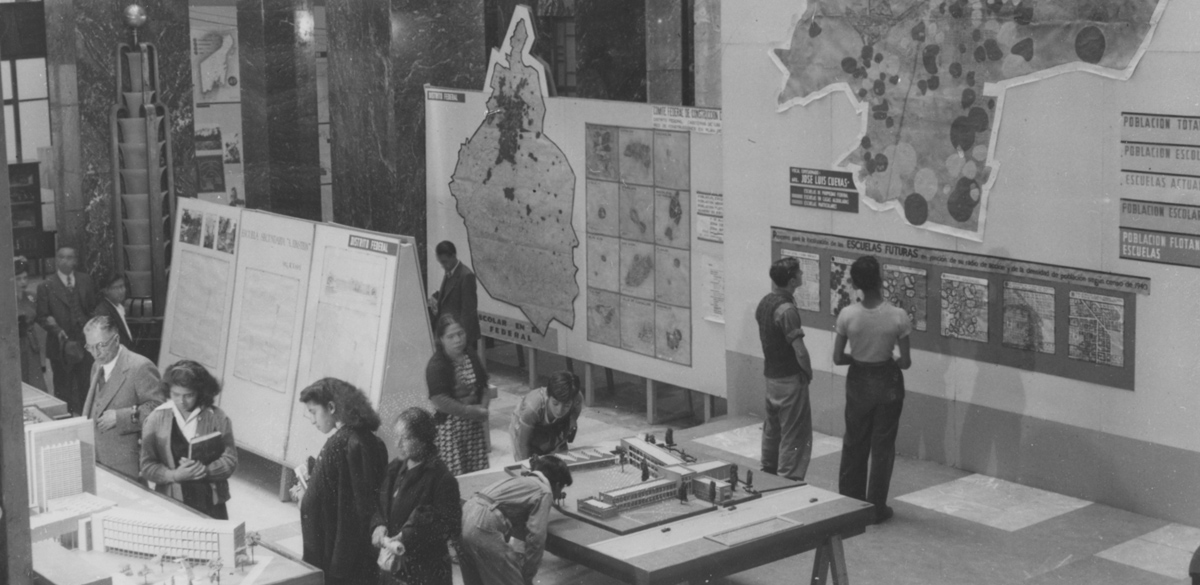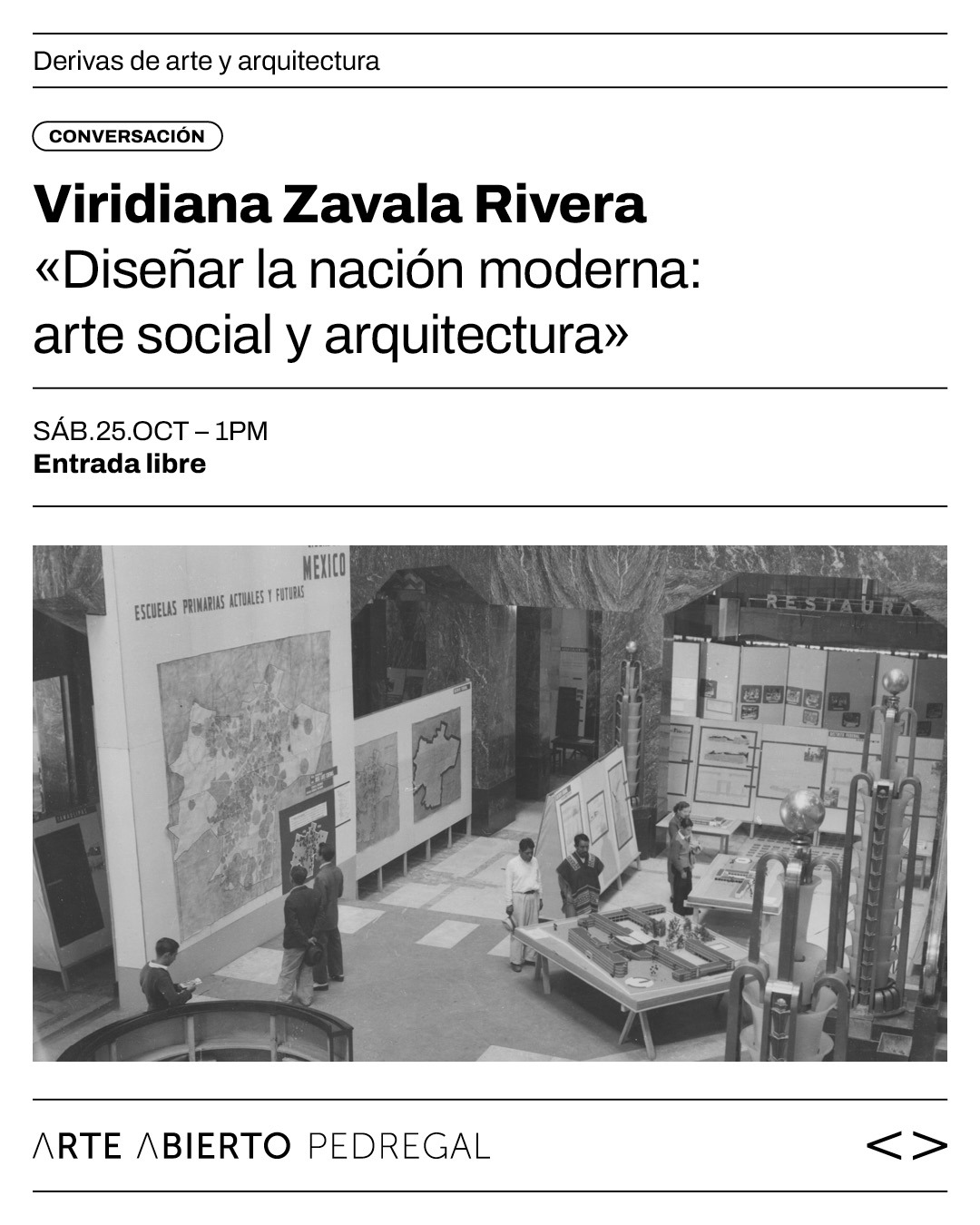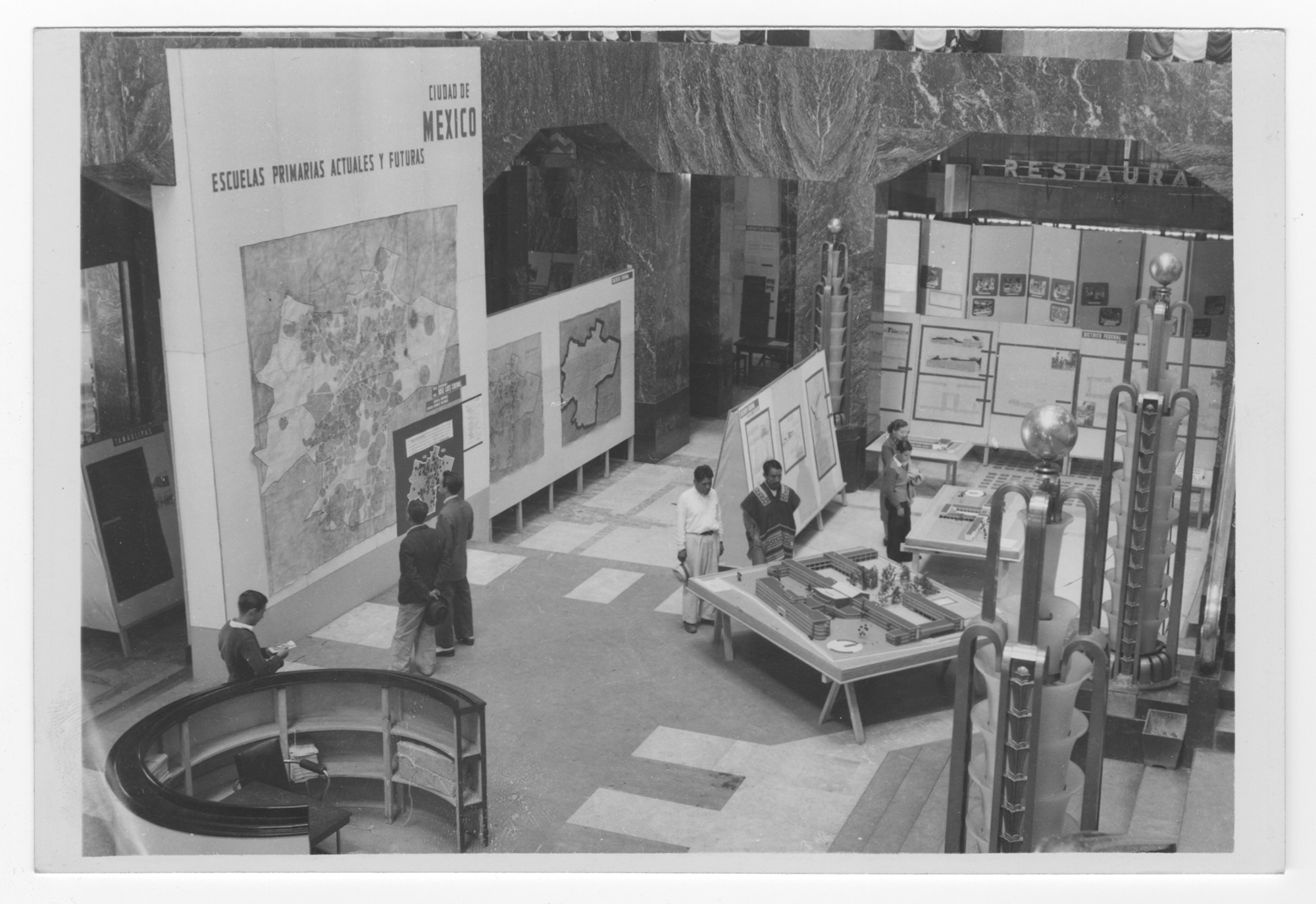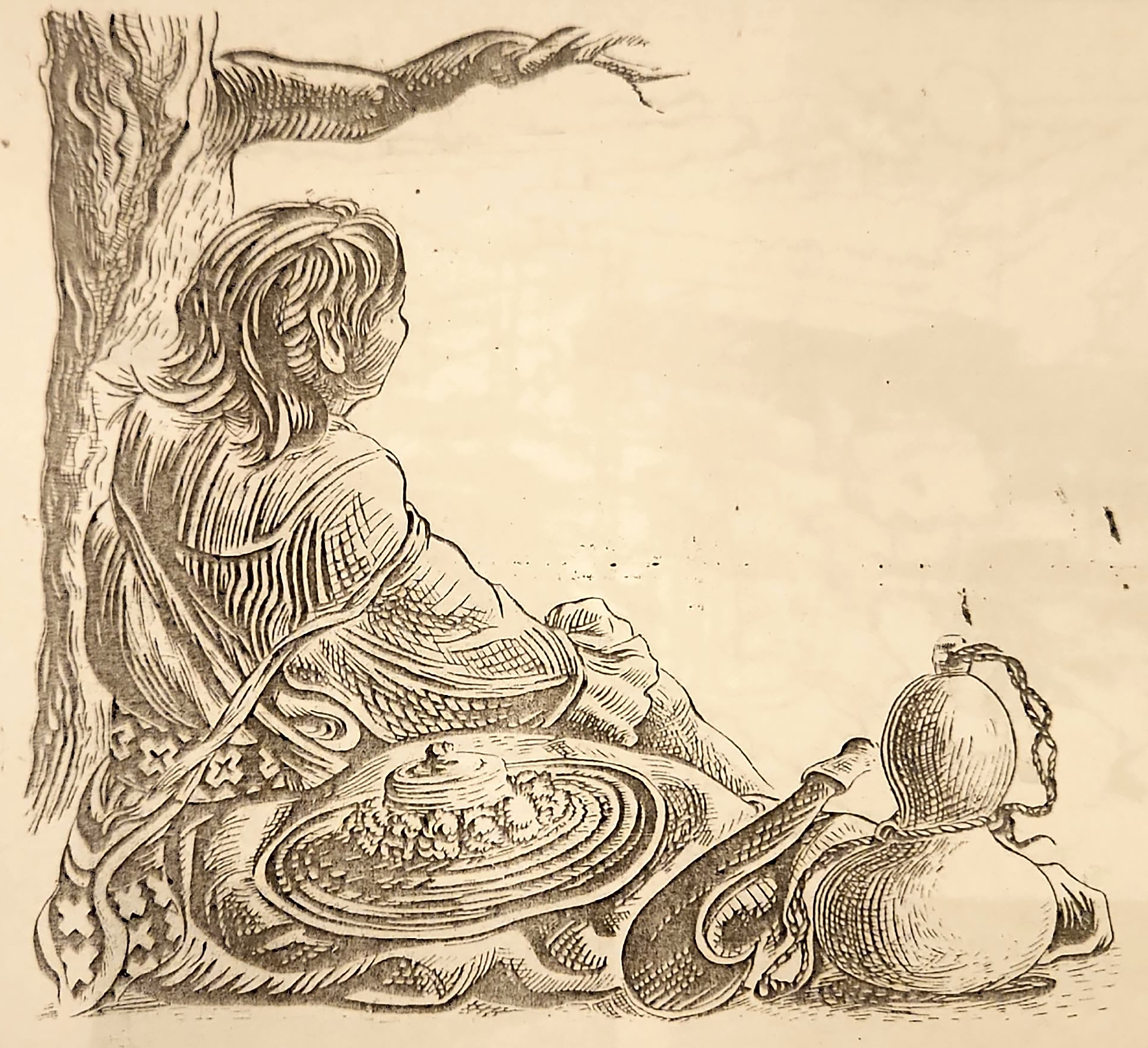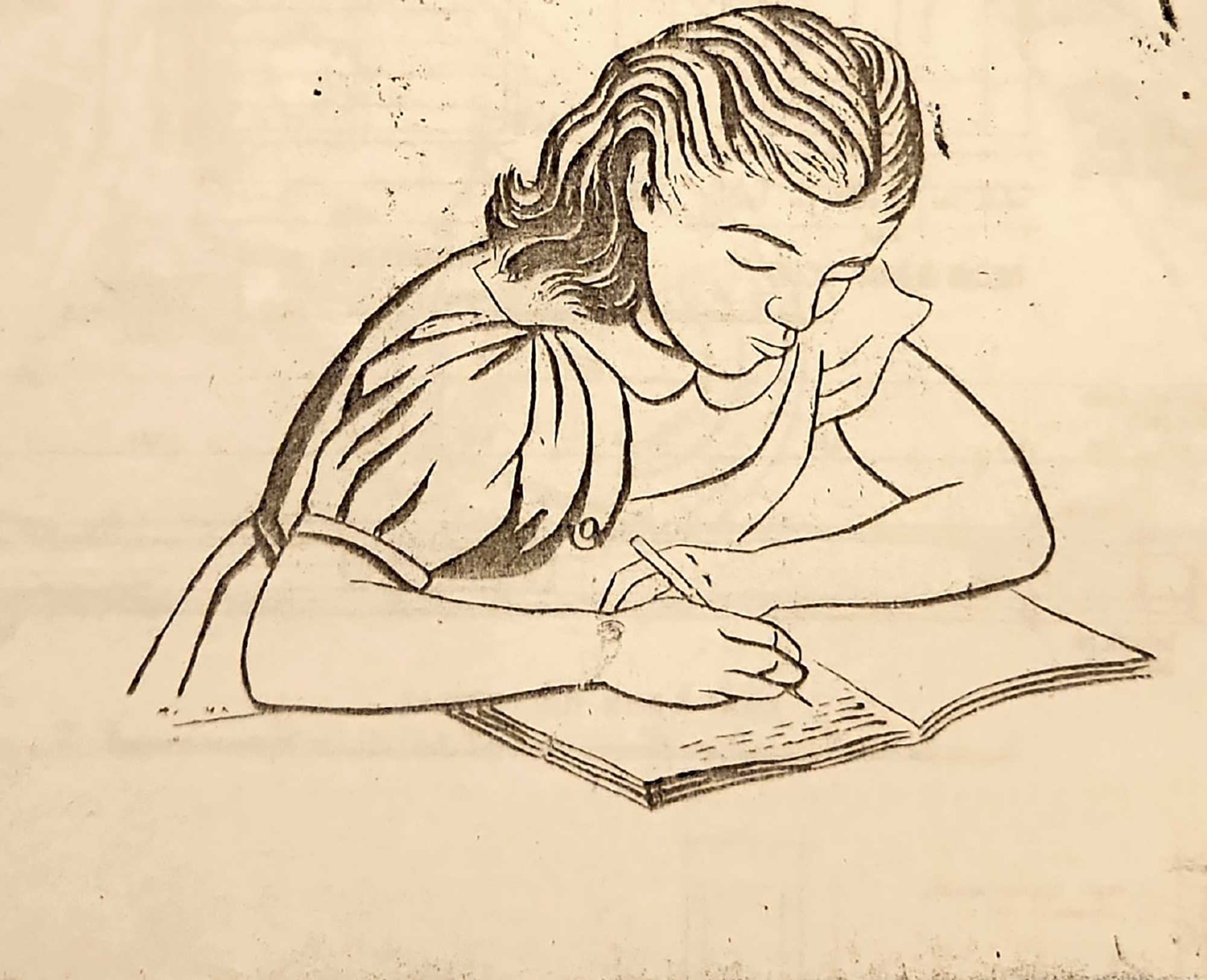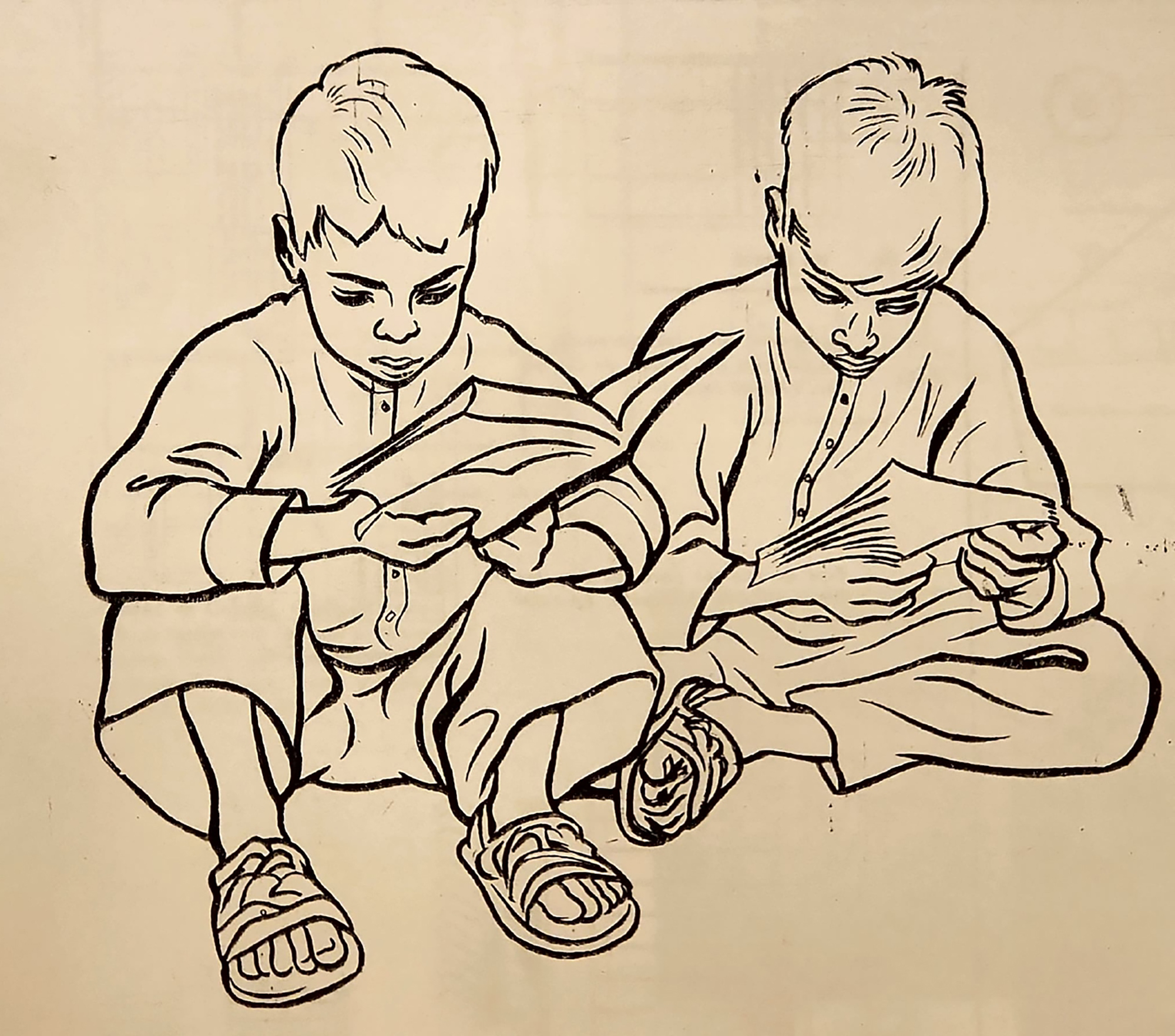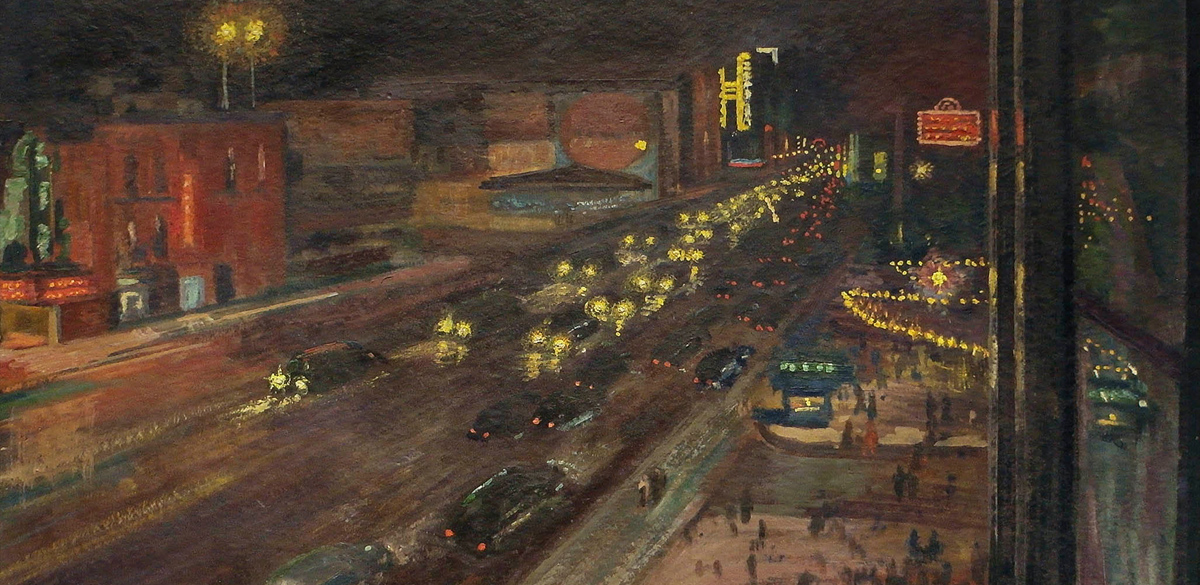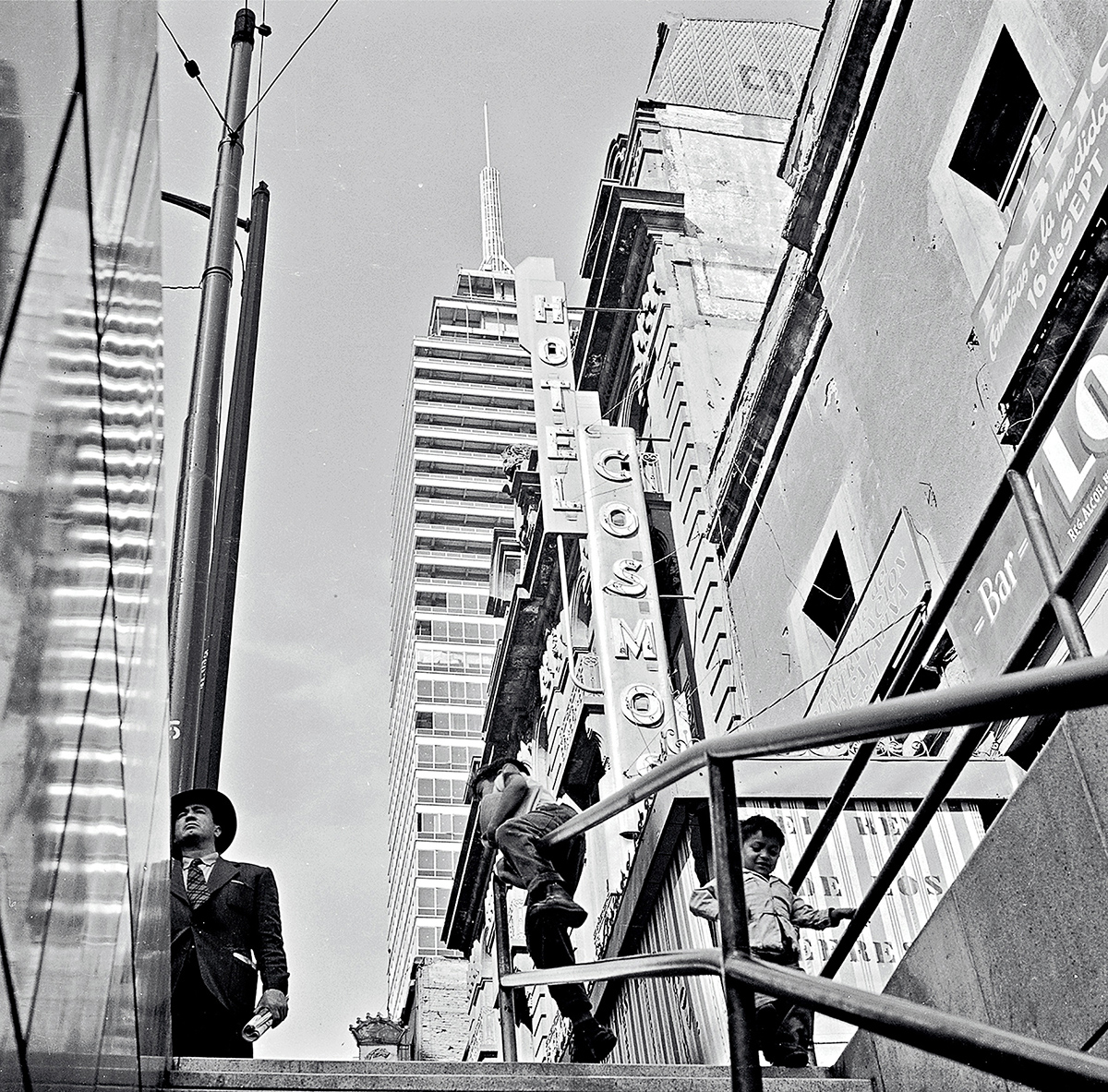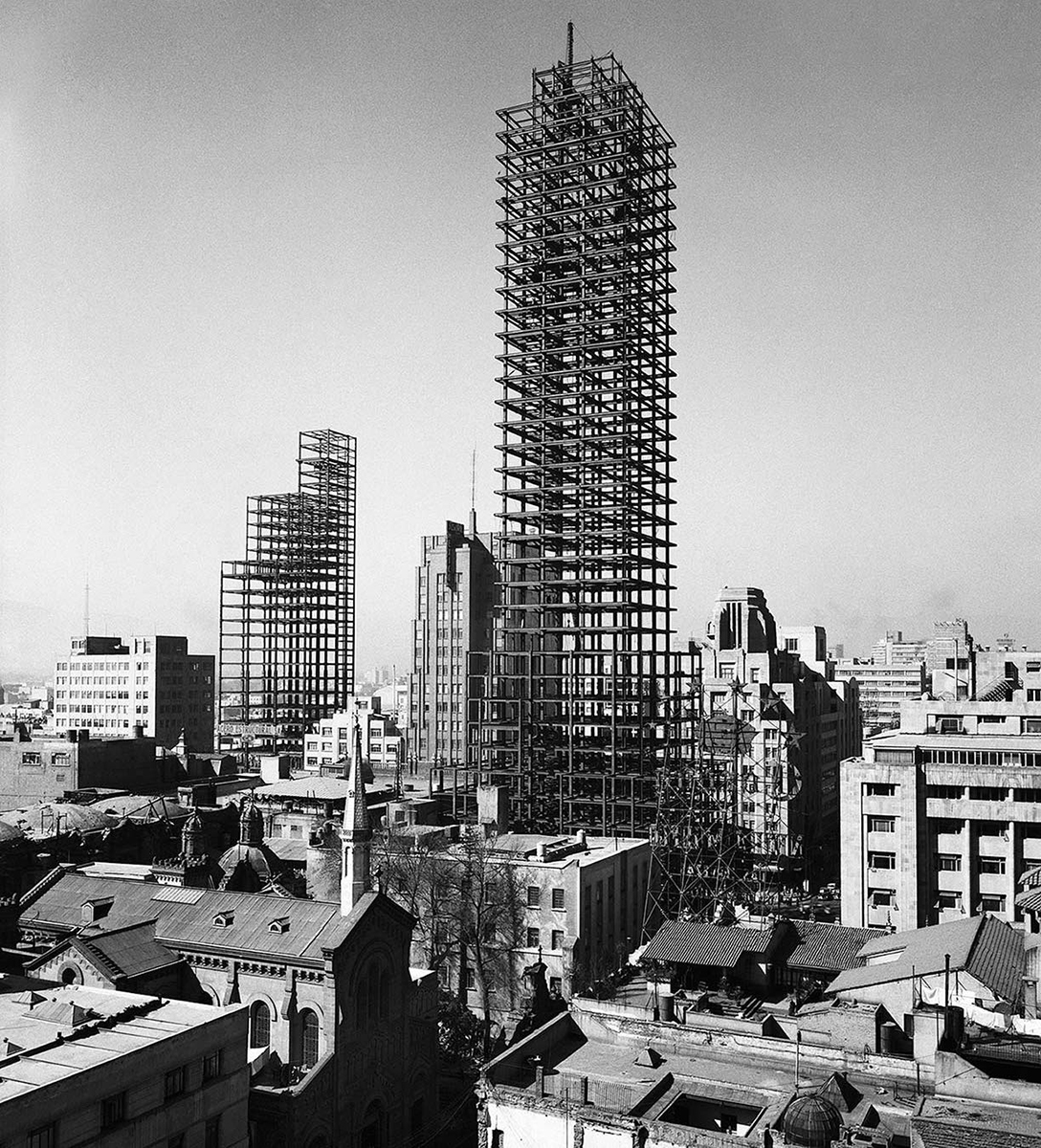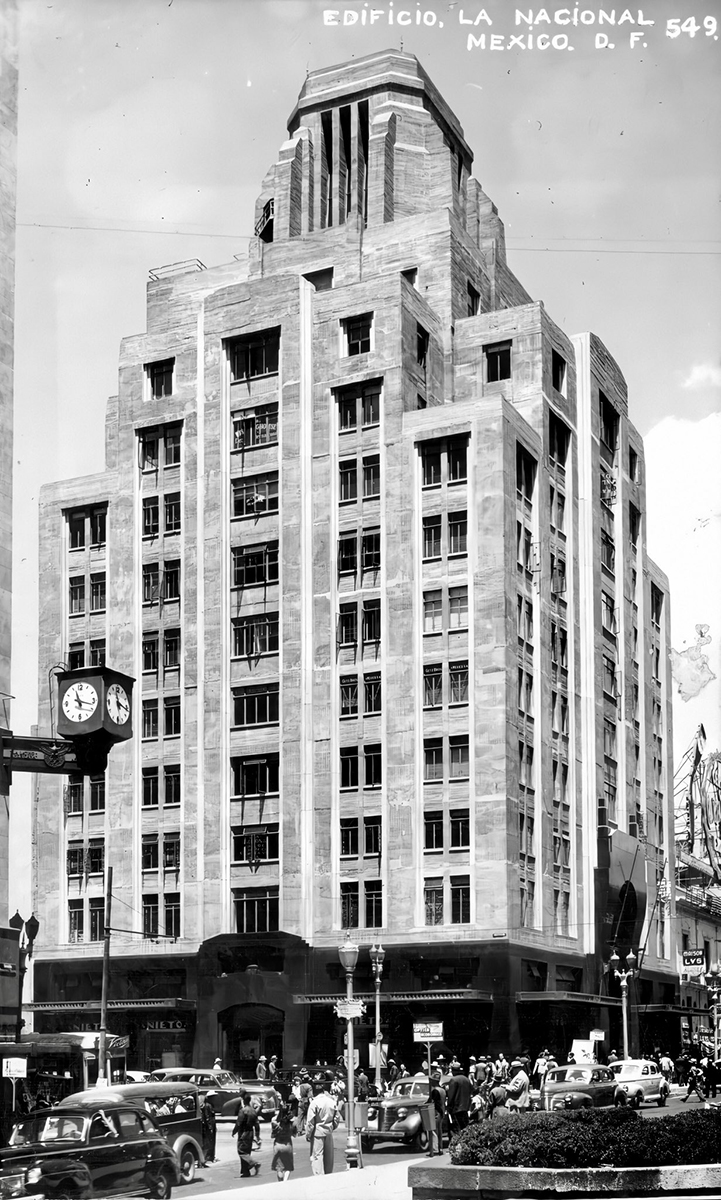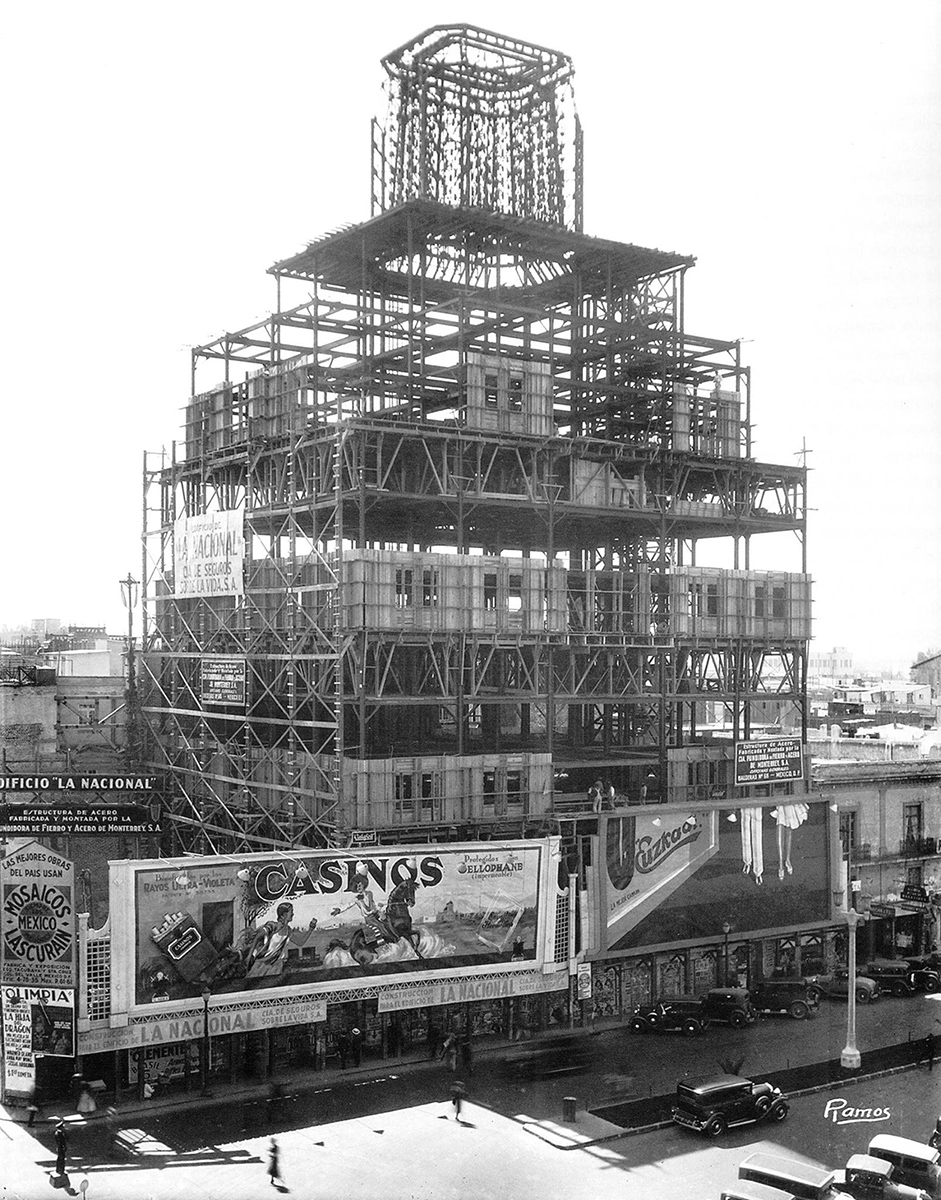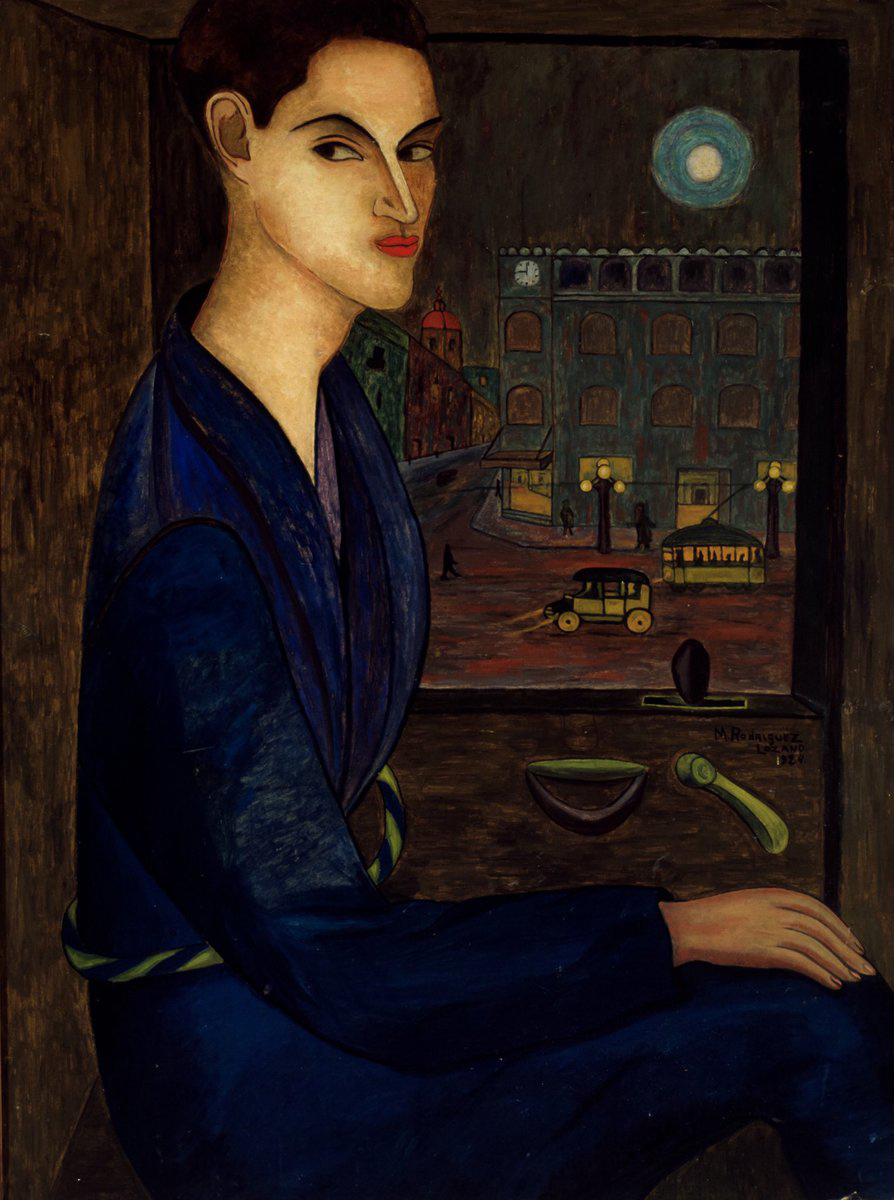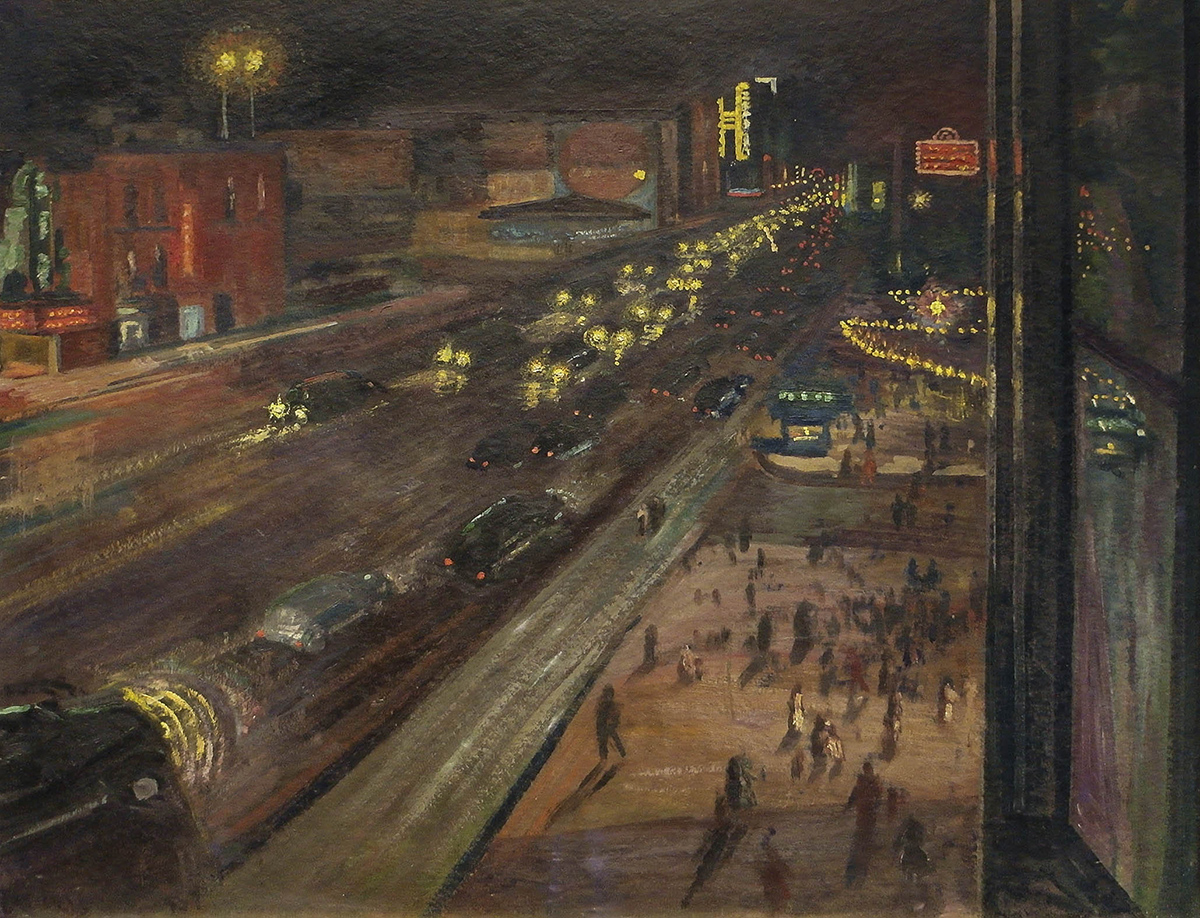22 Oct VIRIDIANA ZAVALA – ART AND ARCHITECTURE DERIVES 🗓 🗺
Designing the Modern Nation: Social Art and Architecture
Viridiana Zavala Rivera
>>
Designing the Modern Nation: Social Art and Architecture
Conversation with Viridiana Zavala Rivera
- Saturday, October 25, 2025
- 13:00h
- At Arte Abierto | 2nd floor ARTZ
- Free admission
>>
No registration required.
There was a time in Mexico when architecture and social art became pillars of the State’s actions to guarantee access to education and literacy. We go back to the 1940s, when architects and artists actively participated in policies oriented toward the common good and the desired national progress. Modernist architects and printmakers of the era captured Mexican reality in materials and graphics, and their practices shaped schools, educational programs, and literacy projects that sought to transform the country.
Through a review of archives, graphics, and publications, we will articulate a narrative about the implications that architecture and art can have on the configuration of a country and its citizens. An invitation to reflect—from the present—on how space and image have been tools of social construction.
>>
Dr. Viridiana Zavala Rivera
She completed her doctoral and master’s studies in the Postgraduate Program in Art History at UNAM. She is a professor at the Industrial Design Research Center at the National Autonomous University of Mexico and a member of the National System of Researchers (SNII). She is part of international study networks on Material Culture in Latin America, a member of the Object Kingdom Laboratory at CIDI, and the permanent university seminar Art + Science at UNAM. She has been the director of the design, fashion, and art collection MatterMatters, based in Mexico City since 2024.
She has also been a professor of Industrial Design History at the School of Architecture and Design for Latin America and the Caribbean in Panama since 2016, and has conducted research stays at institutions and universities in the US and Germany. She is an active researcher who has participated in various publications, books, colloquia, and conferences, as well as interdisciplinary projects with Latin American universities. Between 2015 and 2017, she was part of the curatorial team of the Museo Jumex in Mexico City. Between 2021 and 2024, she was Head of Documentation and Cultural Archive at Nouvel.
Arte Abierto continues with its new public program Derivas de Arte y Arquitectura (Art & Architecture Derives), which seeks to renew our gaze on the architectural legacy of Mexico City. From a series of talks focused on rescuing the parallel stories of emblematic architectural projects and public spaces that have witnessed the variable intersection between art and architecture. In this first stage, the program deals mainly with modern architecture, based on a series of talks given by invited curators, architects, artists and urban planners.
With this program, ways of returning to architecture part of its public, experiential, collective character and close to those of us who inhabit the city are tested, recognizing in it its condition as a living archive. From these talks, circumstances, contexts and anecdotes are revealed that have been part of his sensitive memory and that complement his material memory, a relationship that often escapes documentary narratives and academic accounts.
The objective of the Derives is to generate experiences of spatial rediscovery, which allow us to renew our gaze on the legacy of certain emblematic architectural and artistic works, as well as those that have been forgotten.
The derives will be carried out free of charge on the last Saturday of each month, at 1:00 p.m. with a limited capacity.
Arte Abierto Derives :
February 26: Tania Ragasol / Entorno urbano, cotidianidad y arte: La Torre de los Vientos by Gonzalo Fonseca
March 26 : David Miranda / Del Animal Herido y otros eventos escultóricos dentro de la arquitectura moderna
April 23: Gustavo Lipkau y Xavier Hierro / Integración plástica de los edificios del campus central de CU: sus murales
May 28: Marisol Argüelles / La casa-estudio Diego Rivera y Frida Kahlo. Del espacio doméstico a la dimensión de lo público
June 25: Luis Javier de la Torre/ La Ruta de la Amistad MÉXICO68… más allá de 1968
July 30: Aldo Solano/ Architecture for playing in 20th Century Mexico City.
August 27: Christian del Castillo/ Tracing the modern in the architecture of the Historic Center of Mexico City.
September 24: Juan José Kochen/ The Ideal of the Multifamily Apartment cComplex.
October 29: Tania Candiani/ Quantum Prelude. Sound activation by Tania Candiani.
March 25: Ana Garduño/ Cultural Geographies: The invention of museum circuits in 20th century Mexico City.
May 27: Rebeca Barquera/ The Plastic Integration Movement México: More than murals on buildings.
June 17: Julián Arroyo Cetto/ Max Cetto in the beginning of El Pedregal.
July 29: Peter Kriegel/ The eco-aesthetics of El Pedregal and constructive botany in the megacity of Mexico.
August 26: Arturo Rivera García y Roberto Bustamante Castrejón/ Jardines del Pedregal Legacy: Memory and Identity.
September 30: Tonatiuh Martínez/ The garden as an extension of nature.
October 21: Lorena Botello/ Clara Porset’s Design: Between Tradition and Modernity.
March 23: Alejandro Ochoa Vega y Francisco Haroldo Alfaro Salazar/ Cinemas in Mexico in the 20th Century: Distant Spaces in Memory.
April 20: Rodrigo Torres Ramos / Pictorial Functionalism: The proposal for plastic integration of Mario Pani and Carlos Mérida.
June 22: María Bustamante Harfush / Public work and collective housing by Abraham Zabludovsky.
July 27: Veka Duncan / El Art Déco en México. La nacionalización de la modernidad.
August 31: Balam Bartolomé / Visiones del Altépetl caído: Un relato de Tlatelolco desde el arte.
October 19: José Ignacio Lanzagorta / The sixties and the christening of the Zona Rosa.
November 23: Eder Castillo & Arturo Ortiz Struck / GuggenSITO beyond the unfolding cube. Public art and interactivity.
March 29: Ximena Apisdorf / Architecture and museum: The transformation of the Centro Cultural Arte Contemporáneo
April 26: Lorena Botello / A Museum Designed for a Modern Art Collection
May 31: Carlos Rodríguez / Nonoalco in the Cinema, Shadow of Modernity
June 21: Erik Carranza / The cells that no longer explode: in search of an absent bust (that of JFK) and its relationship with GoSk8Day (June 21) in the Jardín Balbuena neighborhood
July 26: Rocío Martínez Barrera / Vladimir Kaspé: Architecture as a whole
August 23: Elisa Drago Quaglia / The Madman Pallares: A Futurist in Mexico
September 27: Uriel Vides Bautista / Vibrant and Provocative San Juan de Letrán
October 25: Viridiana Zavala Rivera / Designing the Modern Nation: Social Art and Architecture



